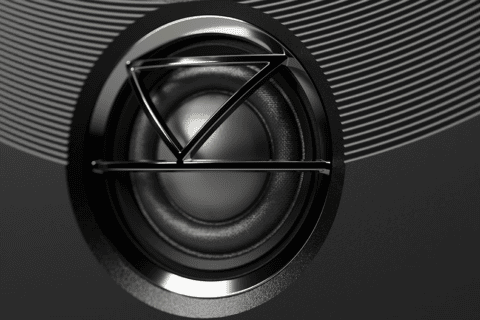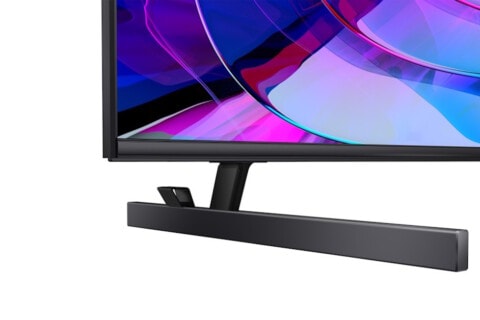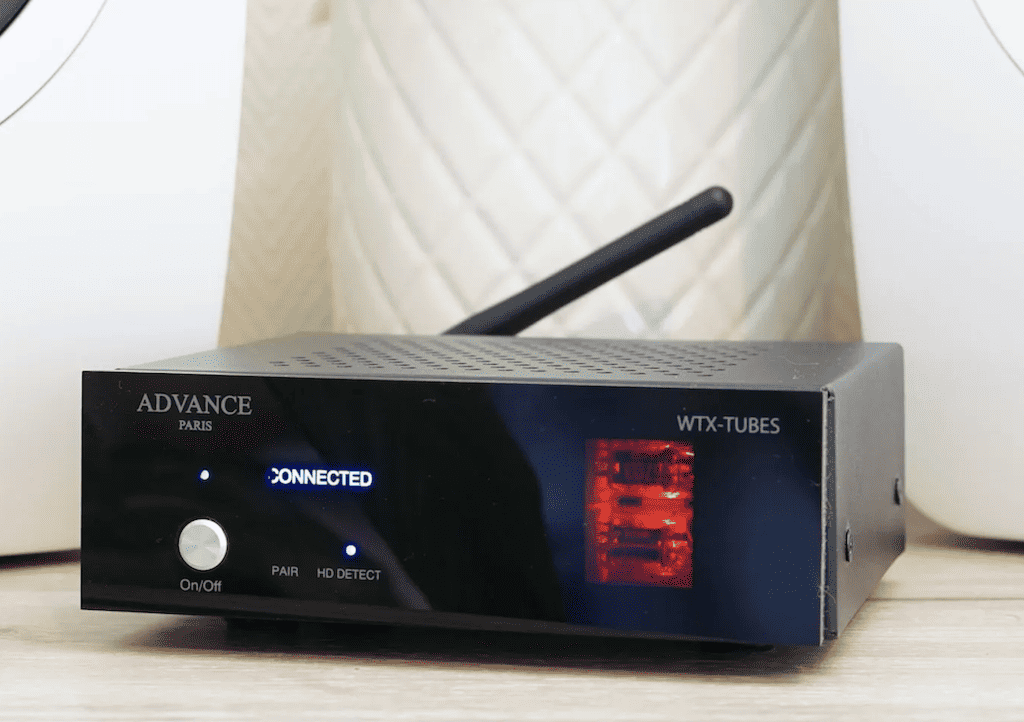Wondering what this 5G business is all about? PAT PILCHER conveniently spells out all you need to know about 5G. Which he lays out simply and clearly, for your edification.
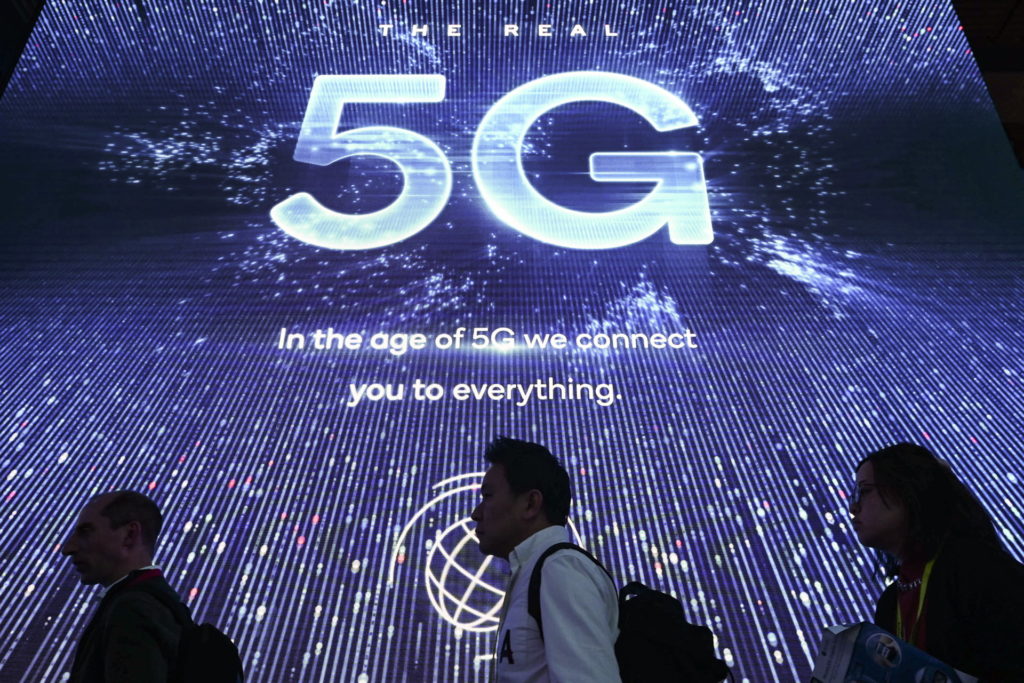 Unless you’ve been living under a rock for the last few years, you’ll probably have already heard the term ‘5G’ bandied about in gushing terms.
Unless you’ve been living under a rock for the last few years, you’ll probably have already heard the term ‘5G’ bandied about in gushing terms.
In a nutshell, 5G is the next generation of mobile network technology. While there is no shortage of wall-to-wall media hype from the tech sector, little has been said about the reality of 5G.
Just what is all the fuss about?
Should you, our most devoted Witchdoctor reader, really … give a shit?
So, what’s the guts?
If you’ve been following the whole 5G saga, you’ll probably know that it promises to be faster. But there’s so much more to it than that. Here’s why so many people are literally fizzing at the bung about it.
5G will be a lot faster than 4G. But there are two key reasons why 5G is so strategically important. These are: capacity and latency. When combined with the extra speed on offer with 5G, there are exciting possibilities.
Speed-wise, the theoretical throughput of 5G is supposed to be multi-gigabit. But real-world tests on live 5G networks (https://www.theverge.com/2019/6/17/18681704/5g-speed-phones-devices-tests-uk-london-ee-oneplus-report) reveal an average speed of 200-400mbps. Which is still a massive increase over 4G data speeds.
 A biggie is network capacity. If you go to a significant public event, mobile reception can get spotty. As the one or two cell sites near the venue struggle to cope with the hordes of people instagramming, facebooking and so on.
A biggie is network capacity. If you go to a significant public event, mobile reception can get spotty. As the one or two cell sites near the venue struggle to cope with the hordes of people instagramming, facebooking and so on.
With 5G, wireless capacity should theoretically increase hugely. Allowing for a more reliable connection and performance. Even if you are just one person in a massive crowd who are all using phones.
Performance aside, the real reason to get excited about 5G is that latency (the time it takes for data to make the round trip from your phone to a server and back). Which is incredibly low. This pens up a plethora of applications that would have been previously impossible.
Killer apps
Self-driving cars are touted as the killer 5G application by much of the media. But the depth and breadth of the change could be huge. Perhaps the most fundamental change for many will be gaming.
Most present-day game consoles are big pizza boxed sized widgets crammed with processing, storage and graphics hardware. At this years’ Mobile World Congress in Barcelona, several network equipment makers showcased 5G video game consoles.
Unlike their old school counterparts, these were the size of a deck of playing cards. And contained little in the way of graphics or storage hardware. Everything from storing your game library through to rendering graphics was done remotely at a data centre; delivered to the console over 5G.
 The low latency of 5G means your console’s network connection back to the remote data centre is so responsive that it will register game controller movements and reflect them in gameplay. Even though the computing and rendering is likely to be done in a data centre many kilometres away.
The low latency of 5G means your console’s network connection back to the remote data centre is so responsive that it will register game controller movements and reflect them in gameplay. Even though the computing and rendering is likely to be done in a data centre many kilometres away.
It isn’t just gaming, though.
One 5G application that has the potential to make for a significant improvement to the lives of many is telemedicine. At the moment, small town or rural patients needing surgery must travel to a hospital in one of New Zealand’s main centres where specialists with the skills required to perform the operation are located.
With telemedicine, a specialist in Auckland could carry out surgery in Dunedin remotely using a remote-controlled robot surgeon. Because the low latency of 5G would allow for precise movements to be carried out as close to ‘real time’ as possible. For a cash strapped health sector, it could result in significant long-term savings. And far better use of scarce resources.
It isn’t just all about latency and speed though. The bolstered capacities of 5G networks could, in theory, reduce the cost of data. To the point where 5G becomes a single and more reliable network option for the internet of things.
This, in turn, could see smart cities and smart home applications spring up. Ones no longer reliant on a hodgepodge collection of Wi-Fi and other networks.
When will it happen?
If all that sounds great, there is one minor gotcha. New Zealand isn’t likely to have any meaningful 5G networks for some time. While us Kiwis are rightfully smug when it comes to comparing UFB fibre broadband to the NBN train wreck of our Australian cousins, the shoe is firmly on the other foot in the mobile space.
At the end of last year, 5G spectrum wireless auctions had concluded in Australia. In New Zealand, they have yet to happen. Kris Faafoi, the Minister of Broadcasting, Communications and Digital Media recently announced the availability of the 3.5 GHz band spectrum for 5G and its auction in 2020 – a full two years after Australia.
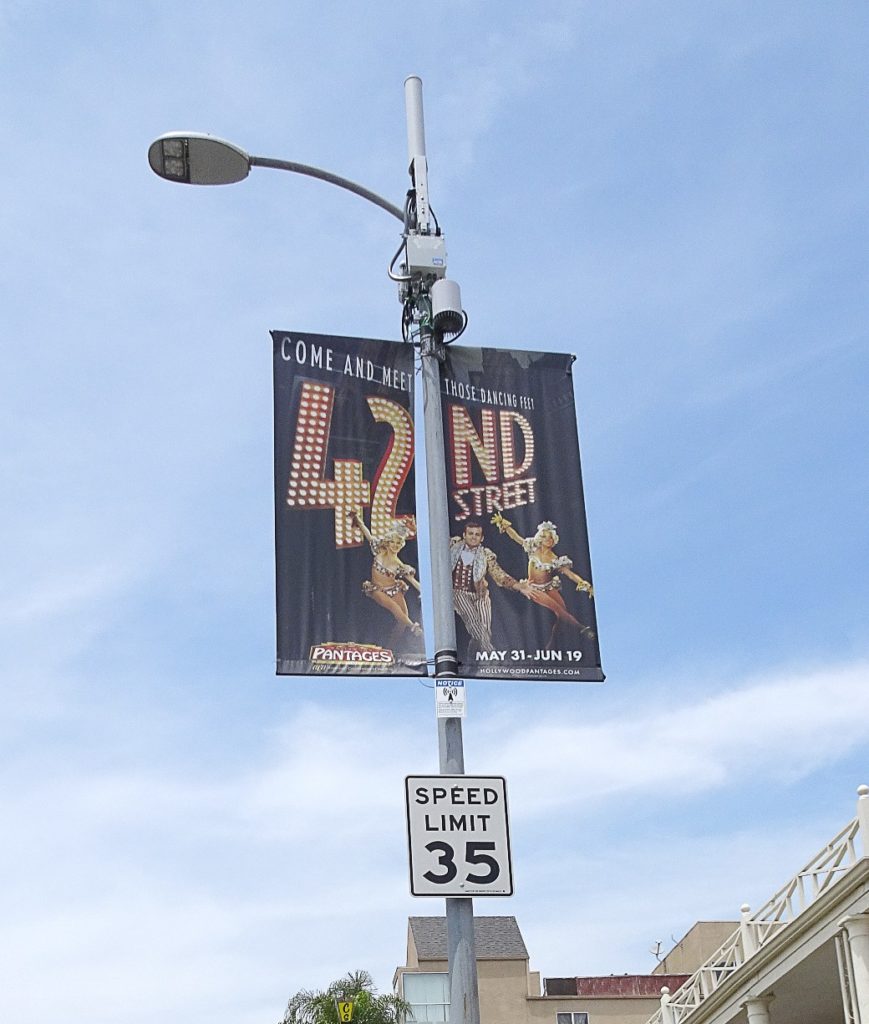 Sadly, it seems that all things 5G related are progressing at a significantly slower pace in New Zealand than many other parts of the world. Spark has launched a 5G innovations lab and conducted several 5G showcases, but the best-case scenario is that all three Kiwi mobile operators will go live with a 5G offering in mid to late 2020 – at the earliest.
Sadly, it seems that all things 5G related are progressing at a significantly slower pace in New Zealand than many other parts of the world. Spark has launched a 5G innovations lab and conducted several 5G showcases, but the best-case scenario is that all three Kiwi mobile operators will go live with a 5G offering in mid to late 2020 – at the earliest.
This will translate into a lot of pressure being placed on Spark. Who have said they are going to use 5G for the Americas Cup in March 2021.
A new mobile network is not a cheap thing to build. And the nature of 5G is only likely to compound costs. Where a present-day 4G network cell site can cover 50-100km, 5G uses millimetre band spectrum. Which while offering a massive amount of bandwidth, also has a tiny coverage footprint.
Because of this, 5G networks will require many more cell sites to achieve footprint comparable to 4G. Cell sites need to be fed power and have a high-speed data connection back to the phone exchange.
There are also planning permissions. And long-winded, costly consent processes to navigate. All told, building a 5G network isn’t going to be a cheap or quick undertaking..
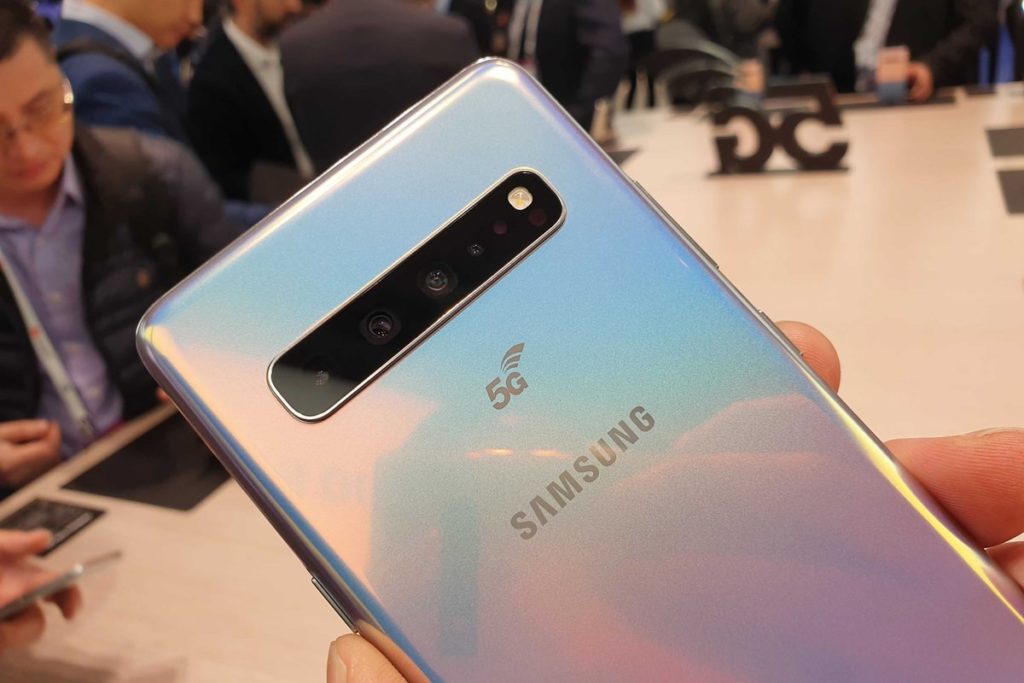 Further adding to costs is the GCSB’s recent move to bar Huawei from supplying equipment for Spark’s proposed 5G network. Estimates vary widely, but it’s reported that Huawei undercut competitors by anything up to 30 per cent when it comes to network equipment and related services.
Further adding to costs is the GCSB’s recent move to bar Huawei from supplying equipment for Spark’s proposed 5G network. Estimates vary widely, but it’s reported that Huawei undercut competitors by anything up to 30 per cent when it comes to network equipment and related services.
The impact of the GCSB’s moves (amidst security concerns that have yet to be backed up with anything remotely approaching proof) could be massive for telcos.
While both Spark and Vodafone have deep pockets and can probably absorb this extra cost, the third and smaller player, 2Degrees, may be unable to afford to build a 5G network without Huawei’s considerably more affordable input.
The impact on competition and long-term innovation in the New Zealand telco space could be severe.
Where will it happen?
One thing for sure is that 5G will initially be built where telcos can earn the quickest financial return and/or publicity. For Spark, this is likely to be the Auckland Viaduct area as the Americas Cup kicks off. Given the long-winded consent processes and the more significant number of cell sites needed, a slow build out to national coverage is also probable.
Fixed wireless, ironically, is another area that is likely to figure prominently in the initial deployment of 5G. For all three mobile network operators, the economics of fixed wireless 5G is expected to prove compelling.
Retail arrangements with Chorus mean that they must hand over a chunk of fibre sales margins to Chorus. Using 5G would allow them to retain all the margin, making 5G fixed wireless broadband a potentially more profitable option over the longer term – if they can make the economics of unlimited 5G fixed wireless data work.
So, just to summarise: 5G will be fast. And it will also offer less latency and higher network capacity. As great as that sounds (if you are a telco wanting to promote 5G), the fascinating stuff with 5G will take the form of applications. Many of which have yet to be thought of.
The not so good
It will require a significantly larger number of cell sites. Many of which will be what network equipment makers call microcell sites. The upshot of this is that every third or fourth lamp post in most streets will need one of these. So visual pollution could be part and parcel of any 5G offering.
The other gotcha is that by using the millimetre wave radio spectrum, reception could fade during the heavy rainstorms that are a regular feature of New Zealand’s weather. Then there is the health debate with the ‘tin foil hat and undies’ brigade saying that 5G could lead to health issues.
Perhaps the biggest showstopper of all (over the short term) will be phone makers charging a significant premium for 5G capable phones. This was initially also the case with 4G.
Last but by no means least in terms of all you need to know about 5G … with 5G potentially being able to deliver such vast improvements in mobile data speeds, existing mobile data plans could prove impractical.
Mobile plans with big enough data allowances (or dare I say it, unlimited mobile data) will require that telcos find a balance between not alienating 5G users and realising a return on their considerable network build investment.








